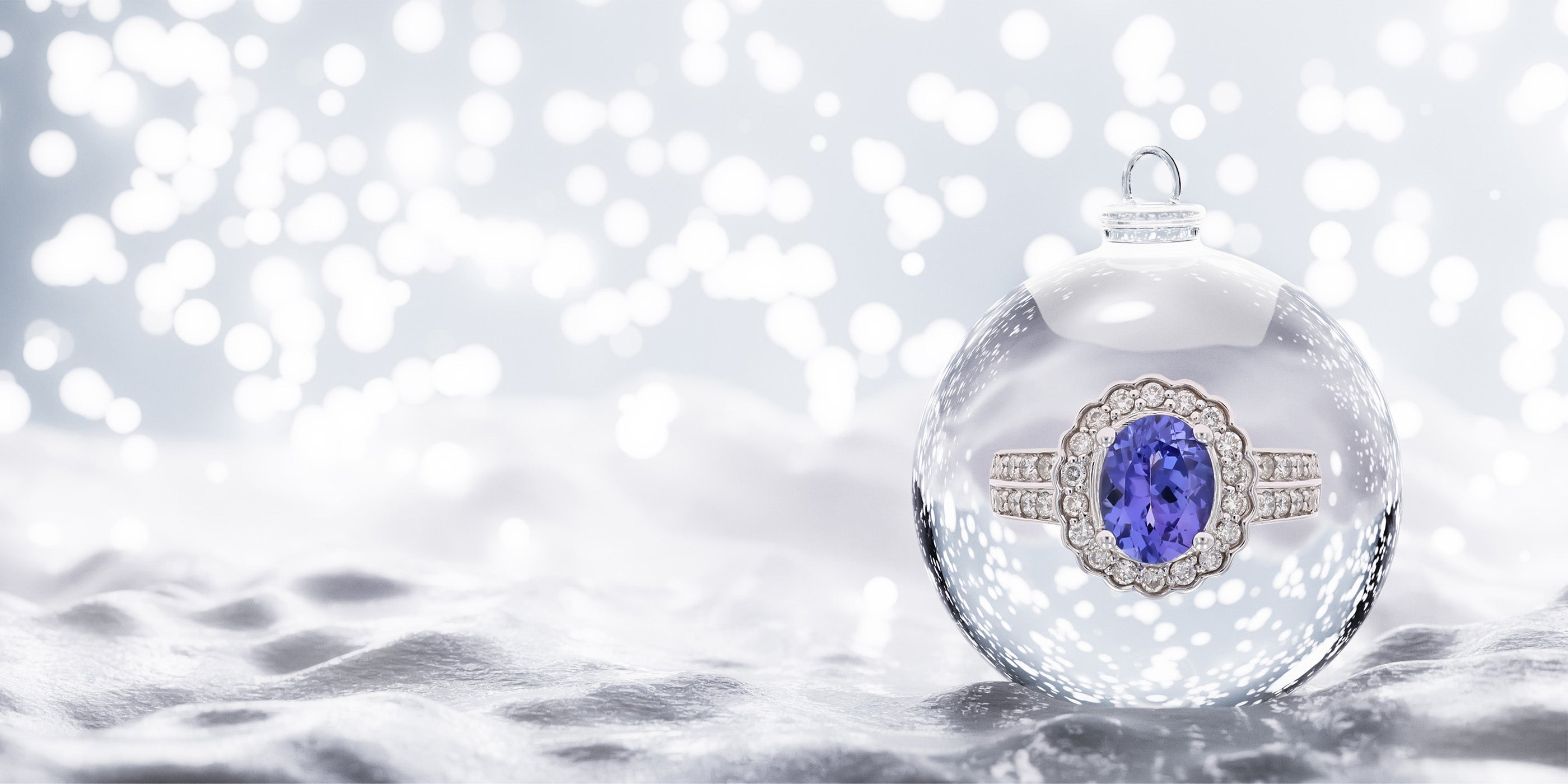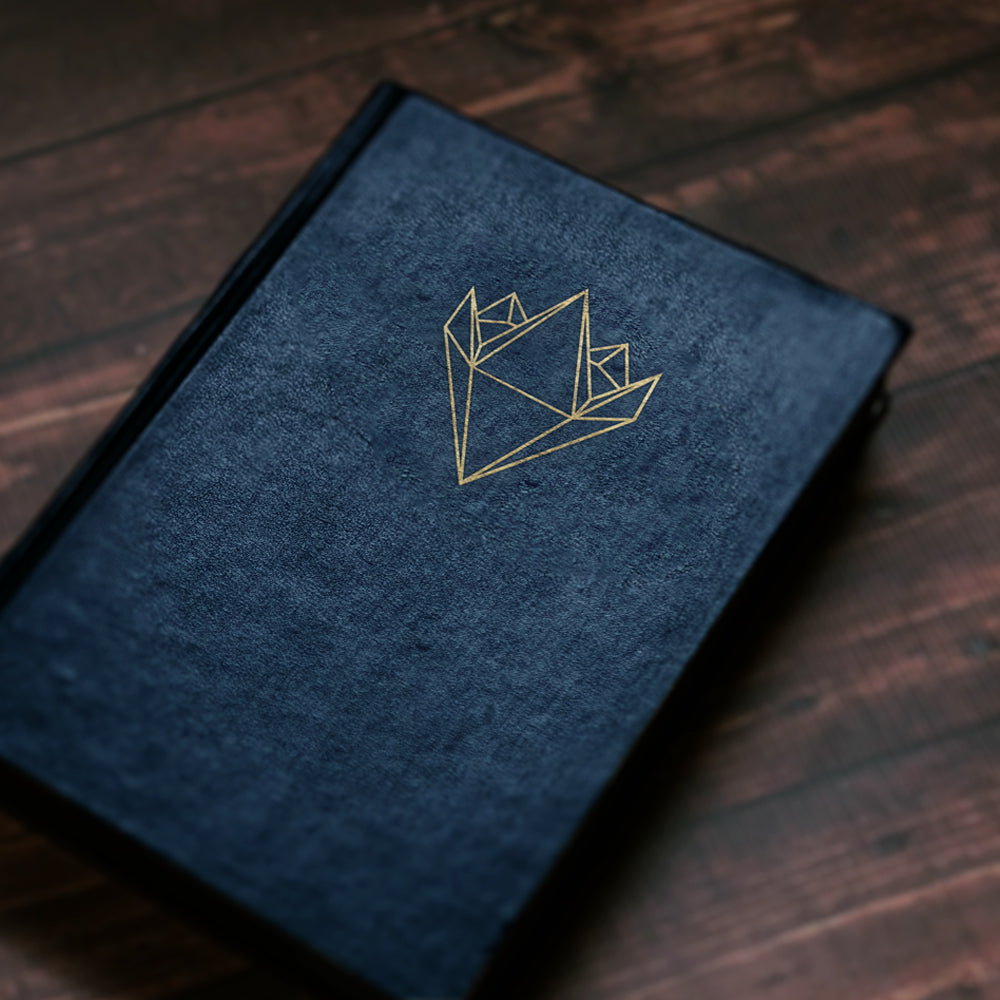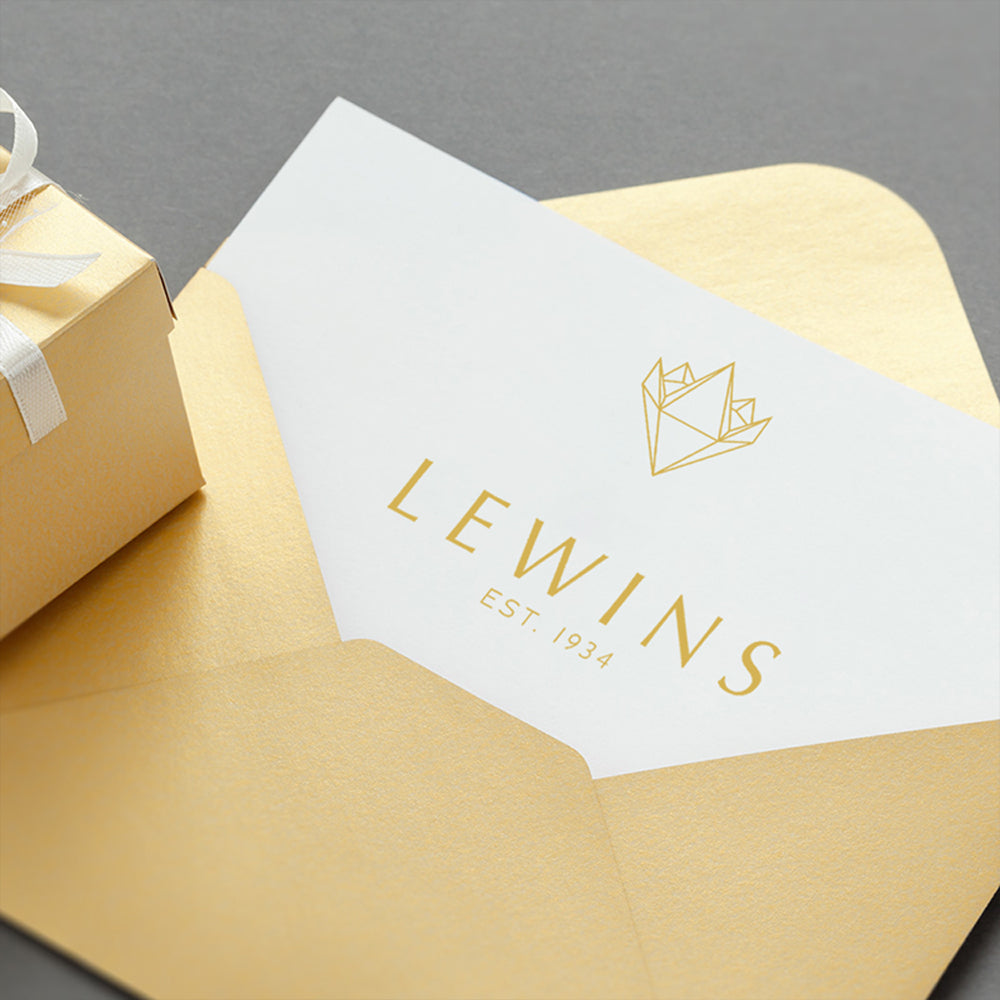Gem Lore:
Topaz - has been linked with the ancient Greek word ‘Topazions’, which was an island in the Red Sea. The island is currently referred to as ‘Zabargad’ in Egypt (and can further be translated to St John’s Island in english). Coincidentally, the island mined many yellow and green gemstones and incorrectly referred to them as Topaz. Alternatively, the name is thought to derive from the Sanskrit word ‘tapaz’, which translates to ‘fire’. The Egyptians believed that their Sun God Ra, provided the stones golden colour and protected the wearer from harm. Topaz naturally comes in white, yellow, brown and with the aid of treatment, pink and blue. Blue topaz possess a range of shades from: pale 'Sky Blue', to moderate 'Swiss Blue' and vividly saturated 'London Blue’. The most prized variety exhibits an orange body colour with pinkish red overtones and is known as imperial topaz.
Iolite - possesses strong pleochroism, a phenomenon that when seen from different angles, displays (trichroism) three colours: Violet, Blue & Pale Yellow. This relies on Iolite being doubly refractive, whereby a ray of light passing through the gem, would split into two. When viewed through polarising filters, these rays of light absorb different parts of the visible light spectrum (white light), resulting in two different colours being seen at a time.
When Iolite is fashioned in thin slices, the gemstone acts as a polarising filter, removing fine mist and haze, making things seem visibly clearer to the eye. It was thought that the ancient Vikings used these slices of iolite, to locate the sun on a cloudy day. In ancient literature, the Vikings referenced the gem as ‘Sunstone’. Alternatively, Viking explorers were thought to take advantage of Iolite’s pleochroism, to help navigate them at sea. Vikings would observe the different colours of the gemstone, as the sunlight passes through, guiding them to the direction of the sun. It is often referred to as the ‘Vikings Compass’ or ‘Twilight Compass’.
Jewellery Care Precautions:
Avoid direct contact with: perfume, lotions, skincare, hairspray / other chemicals. Remove, your jewellery: when showering, swimming (as both chlorine and saltwater will react with metals), washing your hands / using hand sanitisers, before going to bed or when participating in physical activities (going to the gym, exercising, gardening, housework etc….).
Beware, metals may tarnish over time due to oxygen contact and natural body oils. Prevent items from being exposed to moisture and direct sunlight, for long periods. Store jewellery in a dry place away from humidity, in a pouch/jewellery box and keep each piece separated from each other. Care, for your jewellery by cleaning with a soft dry cloth.
Yellow Gold:
Gold as an element, in its purest form will not tarnish, but gold used in jewellery has been alloyed with other metals, to increase durability. These metals have properties that when in contact with oxygen, chemicals, oils or other substances - will result in a surface tarnish or damage and corrosion. Even the pH level of you skin and the natural oils it produces, can tarnish your gold jewellery.
To prevent your gold jewellery from tarnishing or even disintegrating, avoid exposure to household chemicals, bleaches, toothpaste, baking soda and other cleaning abrasives. Wearing jewellery in places where perfumes, hairsprays, body lotions have been applied on your body, will increase tarnishing. Wear your jewellery after the products have been applied. To clean your gold jewellery, use a mild soap with warm water and dry with a soft cloth. For professional cleaning, our workshop can polish your jewellery back to life.
Topaz:
Hardness: 8 | Toughness: Fair | Stability: Good
Extreme Caution, Avoid: Sudden Impact (pressure, knocks), Extreme Temperature Change (thermal shock), Jewellery Cleaners (ultrasonic, steam cleaners).
Mild Caution, Avoid: Light.
Gemmological Observation: Avoid leaving for long periods in strong light, as in some cases the colour may fade. Avoid any rough handling that can cause abrasions. Topaz has a low toughness, as it possess moderately easy cleavage, which means that the stone can fracture if it experiences a sharp knock.
Iolite:
Hardness: 7-7.5 | Toughness: Poor, Brittle | Stability: Fair to Good
Extreme Caution, Avoid: Sudden Impact (knocks), Extreme Temperature Change (thermal shock), Chemicals (acids, detergents), Jewellery Cleaners (ultrasonic, steam cleaners).
Gemmological Observation: Clean with mild soapy water and dry with a soft cloth. Iolite is a very brittle stone, take extra care when wearing this gemstone to avoid knocks, scratches or abrasions. Do not expose this gemstone to extreme temperature changes, as they will be prone to damage.





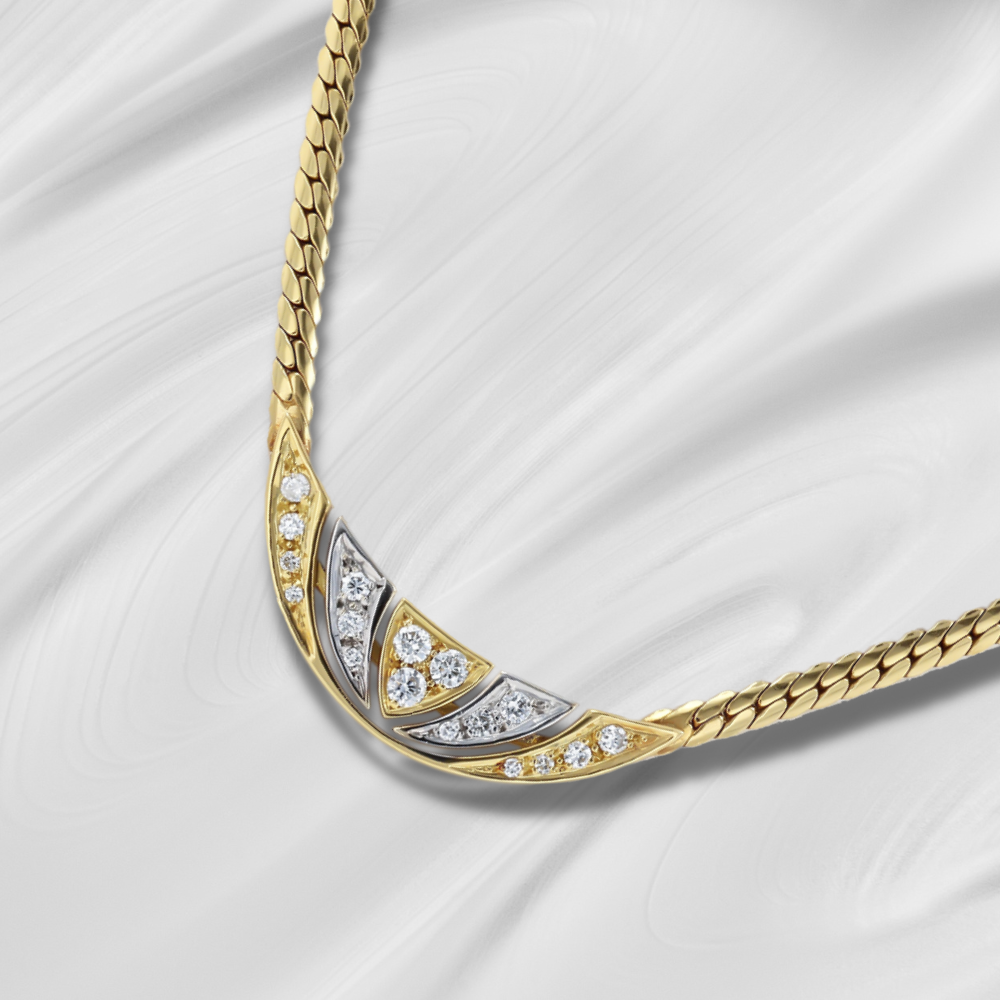

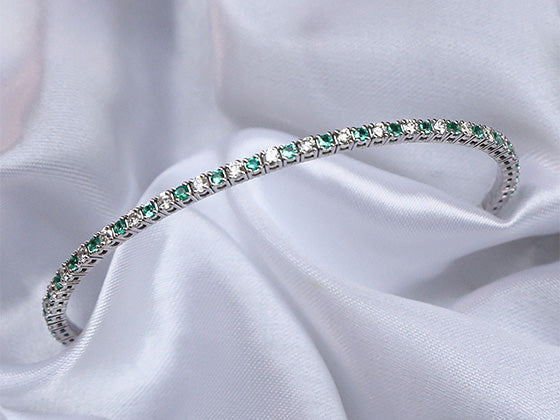

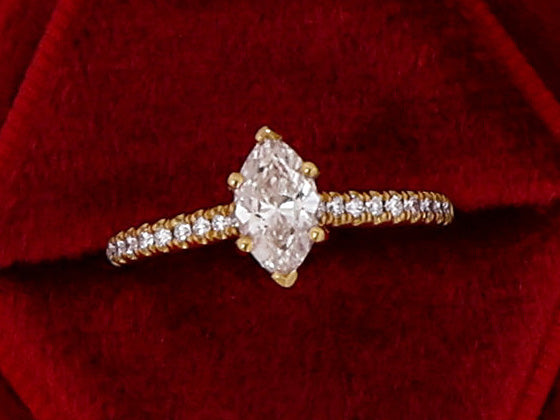
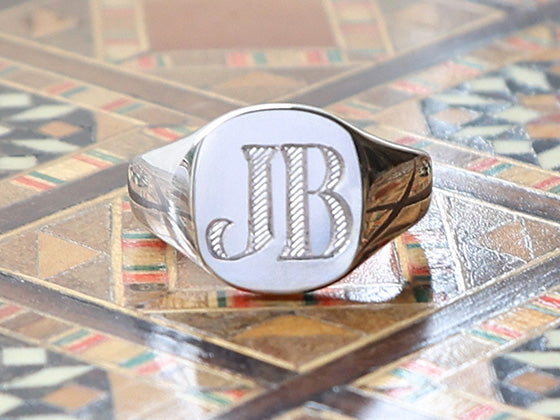
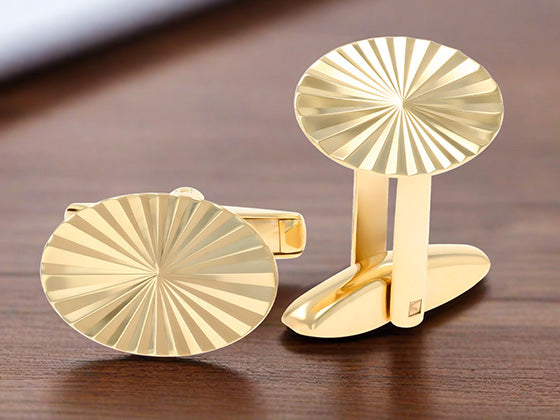
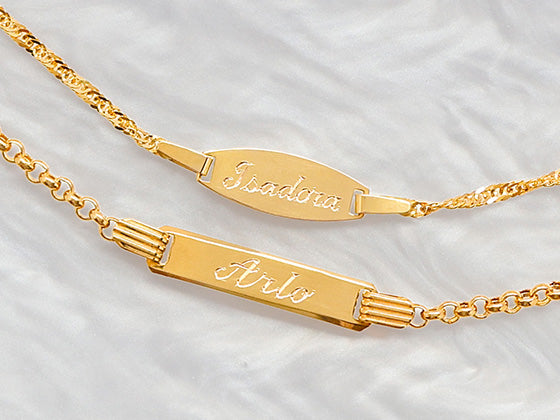
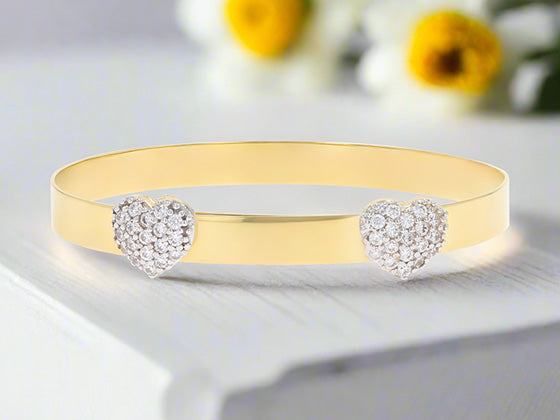
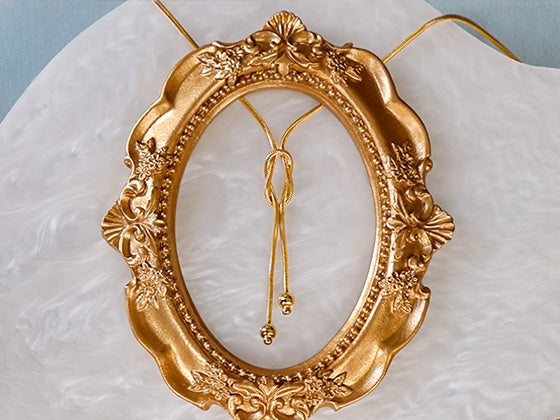
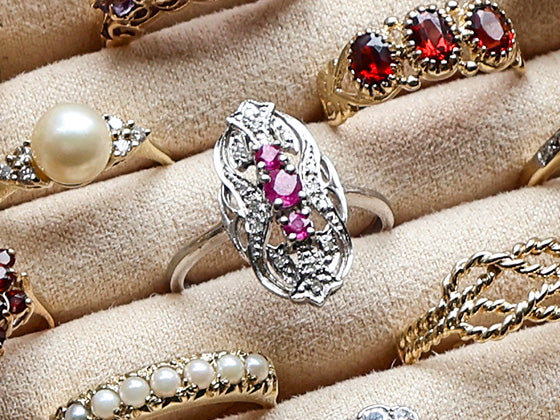
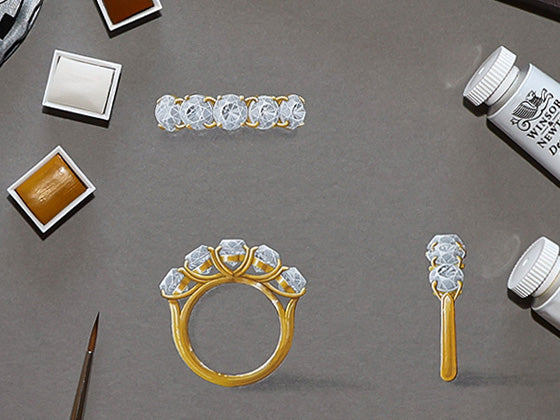
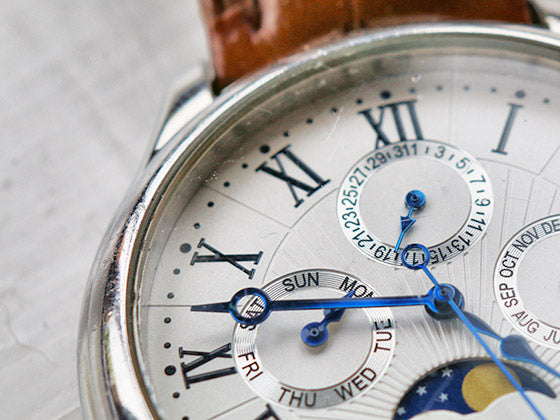
 Contact Us
Contact Us



